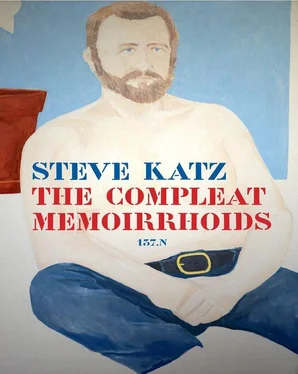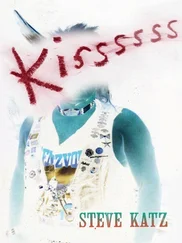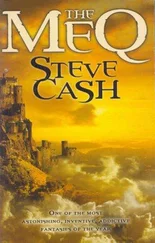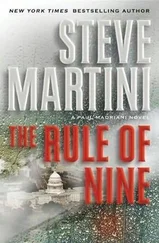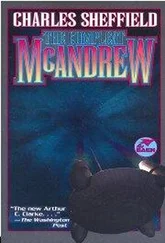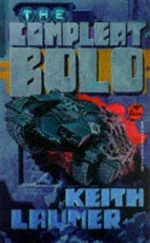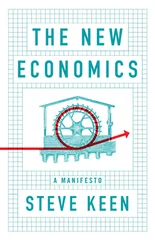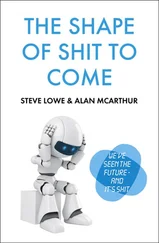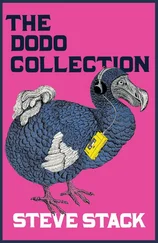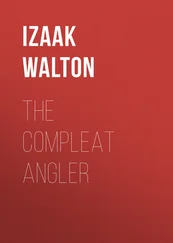I drift back to my hotel through the hazy afternoon light like a cinder rolled away on a breeze. The five hotels rise on one side of the square, rectangular as a row of tombstones. The rows of shops around the square seem flattened under the pressure of grey sky. The sun was somewhere dimmed and diffused by the haze. I feel creepy as I do sometimes when I’m traveling alone and find I’m stuck in the purposelessness of my going. Missing the Saint Sebastian makes me feel pierced by uselessness and despair. I look across the square from my hotel. There is a shop called Schmuck: Tattooing. I don’t want a tattoo, but if one is necessary I will definitely go to Schmuck. What rut is this? Drawn by Schmuck I wander across the square and through an arcade to somewhere I’ve never been before.
At first it seems an apparition, that I can’t be seeing this. It angles out of the blandness, into the grey/blue skylessness like a crystal just forming. The light dances differently off each of the surfaces. I watch it, anticipating that it will keep growing. It seems alive, about to change every second, and in contrast to this city it is certainly living. What is this? I don’t even want to know. It is angles and surfaces. The energy of the design makes me feel renewed. It juts into my life, resurrects myself from the ashes of my disappointment and dreary self-castigation. At first I don’t even want to recognize what it is, but then I realize it is so great at being what it is. This is a movie theater. The prismatic fragments of its structure thrust into the oblivious Dresden air. It projects from the pavement as if it is part of a set from a Fritz Lang movie. It’s transparent, it’s opaque. The stairs inside angle forever upwards into the heavens of screening rooms. Evening creeps up as I watch this building. I can’t leave, as if it might disappear without my witness. No one can tell me who designed it.
A little research when I got home and I found Coop Himmelblau was the architect, his work almost unknown in the States. It is as great as anything I’ve seen by Frank Gehry, and certainly influenced the angularity of Libeskind’s design for the Denver Art Museum. This crystalline picture palace was the resurrection into a new life for old necrotic Dresden. For me it was a surprise, as only art can surprise you into recognition, and it was a welcome source of exhilaration.
On that August afternoon, while our kids were drowning, Jingle and I were away. It was a beautiful day to clear our land, and to cut and peel poles for the tipi. Poles are much easier to peel when the moon is waxing, because as the sap rises it loosens the bark. We cut the poles from a stand of spruce near the shore. The whole stand had suffered winter-kill because of cold and wind, so we didn’t feel bad cutting the trees. The spruce is not great for tipi poles. It has knots from small branches, bottom to top. You want the smoothest slimmest possible poles for a tipi. That’s why lodgepole pine is superior.
On the day of the drowning the ocean seemed calm, only a few whitecaps. The kids stayed at Rudy and Phil’s, where we were camping in one of the A-frames until we got our own place in order. We didn’t worry about them there. The kids were usually sensible good kids, and our friends were good friends.
We got back covered in grime, ready for the shower. Joanne rushed out to greet us at the car. “Your children drowned,” she said. She was frequently melodramatic. She had already been a founder of the Mabou Mines theater group, but this was before she became the controversial successor to Joseph Papp at the Public Theater, and long before she directed her landmark production of Jean Genet’s The Screens at the Walker in Minneapolis, long before she was distinguished Professor of Theater Arts at Bard College.
We got out of our little Saab two-stroke sedan, trembling. “What? What did you say?”
“They didn’t really drown, because we saved them. Joan and Rudy and Richard saved them. They almost drowned themselves too.”
Avrum, Nikolai, and Rafael, had drifted out on a log, with Roberta’s son, Greg. The wind picked up. The current between that beach and Sea-wolf Island was tricky, and the kids got scared. Greg, who was a little older, swam back to shore, and alerted the adults. Avrum and Nikolai said they could have swum back, but they didn’t want to leave Rafael alone. He was the youngest, and didn’t think he could make it back. Rudy, Richard and Joan tried to launch the small boat, but couldn’t. They stripped and put on the fins that were in the boat, and swam out. Joan grabbed Rafael. This was before she built her prodigious career as one of the greatest innovators of performance art, celebrated all over the world. Even today, when they talk about the near catastrophe, my sons express envy of Rafael, who was rescued by bare naked Joan. Rudy almost went down himself, as he rescued one of the other boys. He had already written the script for Two-Lane Blacktop , and was working on Pat Garrett and Billy The Kid , and had published a couple of important novels. Richard grabbed the other kid, and pulled him in. He had a great reputation as a young sculptor, but critics hadn’t yet called him the greatest sculptor in the world. These were amazing friends, courageous and selfless, who risked their lives. In my dreams it often comes out differently. My dreams are devastating.
That evening Joan did a performance she had been rehearsing with my sons. The neighbor MacPherson kids, all eighteen of them, scattered around the bluff to watch as Joan and our kids came over the hill and down towards the house carrying colorful banners in the wind. That’s what I remember of the performance, that and how gorgeous the Cape Breton evening had turned. A flock of small clouds hustled across the sky. Sunset was a clear blast of colors. The sun, a crisp orange disk, disappeared behind the island. When the stars appeared I felt their force. I watched them beam down their spears into my sobs. My eyes welled with tears.
The subway cost a nickel. We snuck in under the turnstiles anyway because we were kids, and in those days a nickel was five cents. When I started High School at Stuyvesant at E. 18th downtown, I rode the A train through Harlem and Times Square, and changed at Union Square for the Canarsie Line. That name — Canarsie — sounded like another planet, the garbage planet, where you’d never want to go. The Stuyvesant kids got off before the train left Manhattan. We went to afternoon session for ninth and tenth grade, and then the morning session for junior and senior years. I was like the pervert of the subway, a horny teenage predator. During rush hour I could get close to a woman’s body. Stuyvesant was a boys’ school at that time, so the female was hidden from us in some delicious elsewhere. She was a mystery, especially where contact was imagined. We had homerooms packed with perpetual hard-ons. The slightest thought of a girl, and pop. The only chance I got to rub against the persistent object of my desire was on the A train from Union Square, through Times Square, through Harlem, to Washington Heights. Fresh female flesh squeezed into the packed car, to answer my need at each stop.
The subway also took me to 52nd Street, to Birdland. I stayed up all night almost every night listening to Symphony Sid, until Dinah Washington or Stan Getz or Bird with strings or Stan Kenton put me to sleep. Bud Powell was my idol. No one else breathed so profoundly into the keyboard. No one else could play such aching lines and chords. When he was at Birdland I would skip school. Peewee Marquette, the diminutive doorman and emcee, recognized me. “It’s you here again, kid,” he’d say. “Peanut gallery for you.” The peanut gallery was a row of chairs without tables, where the under-aged and the non-drinkers sat. If you arrived early, you could sit close up on the piano. I got near enough to Bud so I could practically feel the heat of his jazz dynamo. In him I first saw the transport and ecstasy of creative genius. I projected into jazz all my fantasies for a better world, of people committed to sweetness in a life of pain. Often on the subway, when I stood or sat next to black people, who were the mysterious source, I believed, of this elixir art, I would whistle or hum jazz tunes—“Celia,” “Jumping With Symphony Sid,” “Sweetie Pie,”“Now’s The Time.” I expected them to whistle with me, to join me, to let me join them.
Читать дальше
